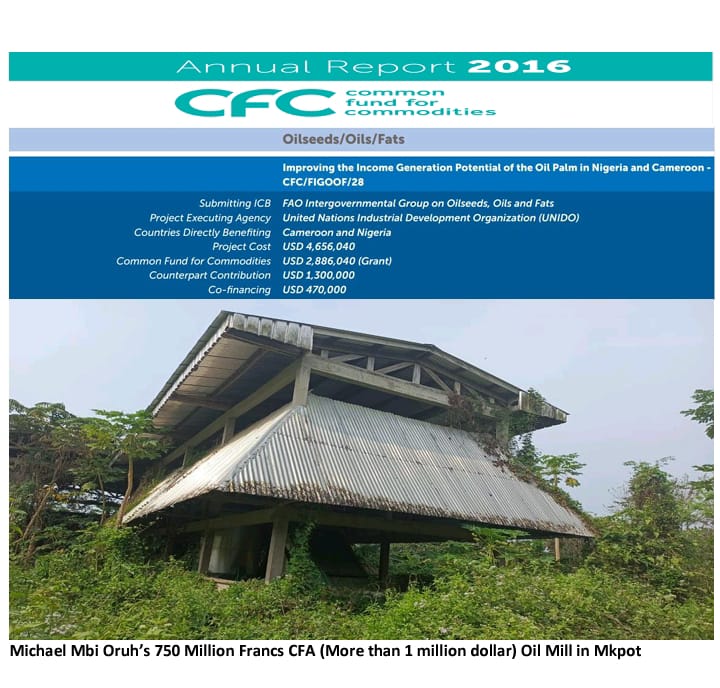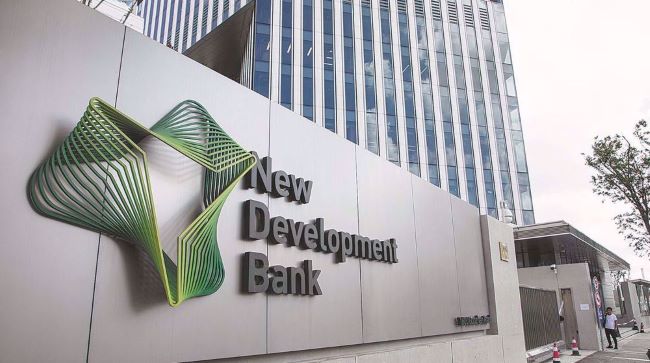Power cuts quadrupled in Cameroon between 2018 and 2021
Electricity outages in Cameroon became four times more frequent between 2018 and 2021, according to a new audit by the Supreme Court’s Audit Bench. The findings are part of a report on the government’s “Access to Energy” program, run by the Ministry of Water and Energy.
Published on March 15, the report shows that not only did power cuts become more frequent, but their average duration also increased. In 2018, an outage lasted around 98.5 minutes on average. By 2020, that had jumped to 142.7 minutes before dropping to 43.7 minutes in 2021.
The audit takes direct aim at Eneo, the country’s main electricity distributor and owner of some power generation infrastructure. The report says the company failed to meet key performance targets meant to reduce the frequency and length of outages. “There was no real improvement in Eneo’s performance during the period under review,” the report states.
At the same time, auditors noted a rise in the amount of electricity generated but not delivered to customers. In 2019, 71.3 gigawatt-hours were wasted. By 2020, that number had jumped to 103.5 GWh. The reasons are multiple: aging transmission and distribution infrastructure, scheduled maintenance works, and limited output from the Lagdo Dam, which supplies the northern grid. The dam’s water level dropped from 2 billion cubic meters in 2020 to 1.7 billion in 2021, weakening its power capacity.
Inspectors also raised concerns about poor service quality in the field. They found voltage fluctuations, out-of-service transformers, and neglected infrastructure. Many wooden electric poles were in bad shape and had short lifespans due to age and lack of maintenance.
Source: Business in Cameroon












